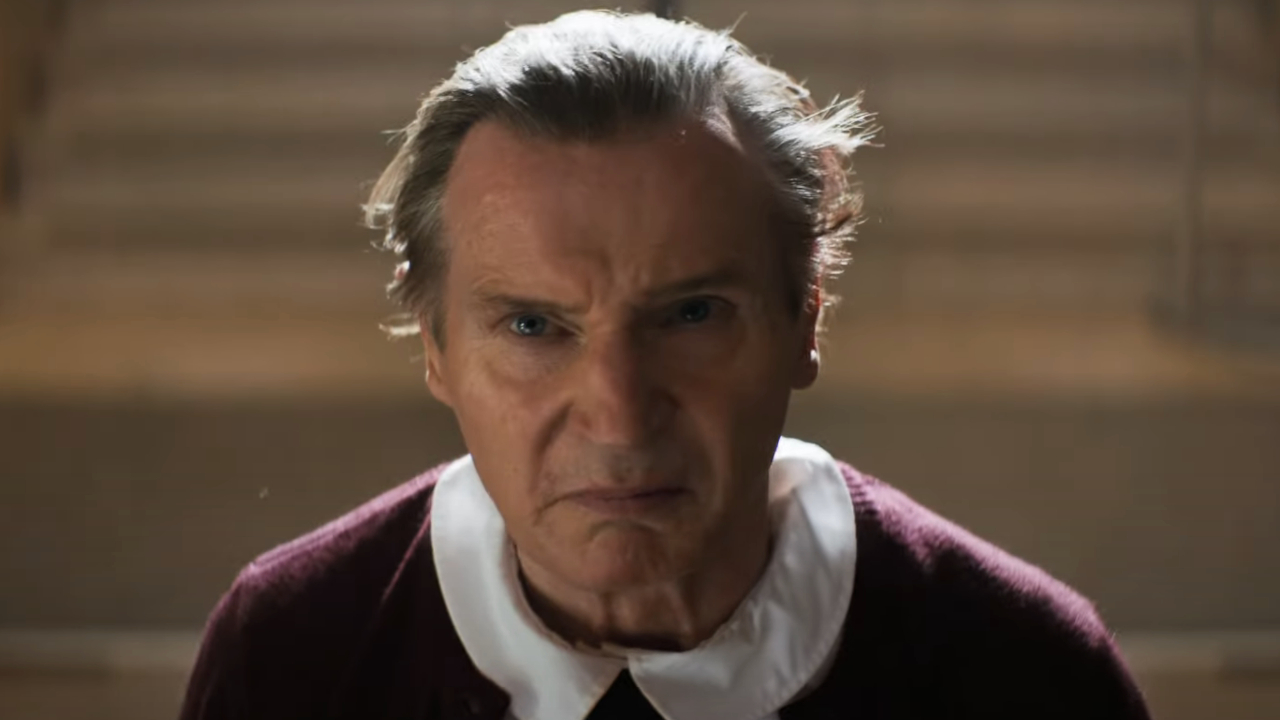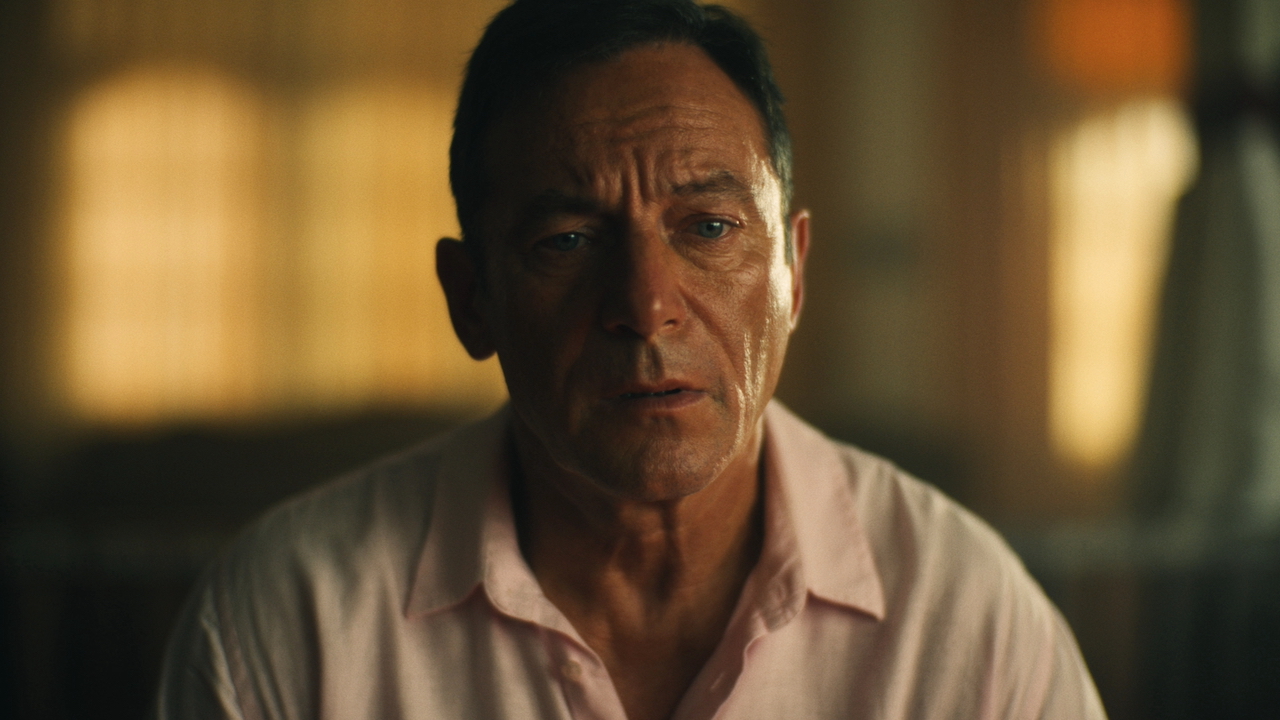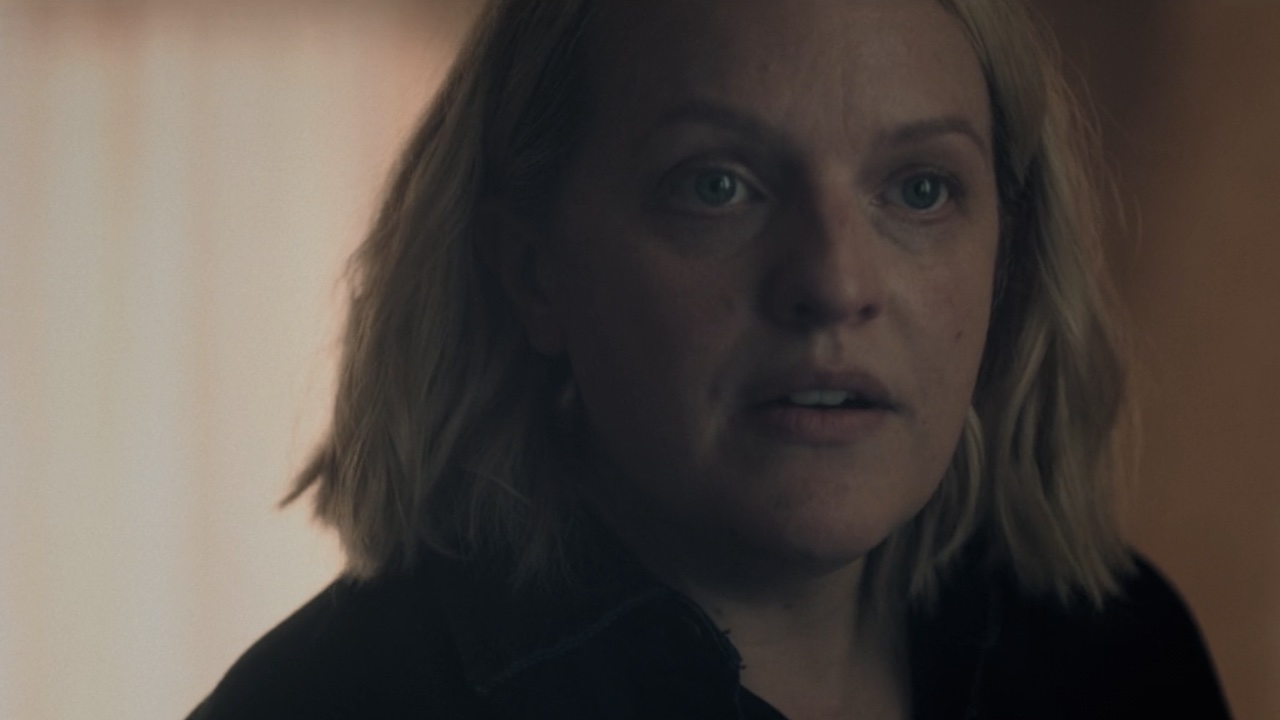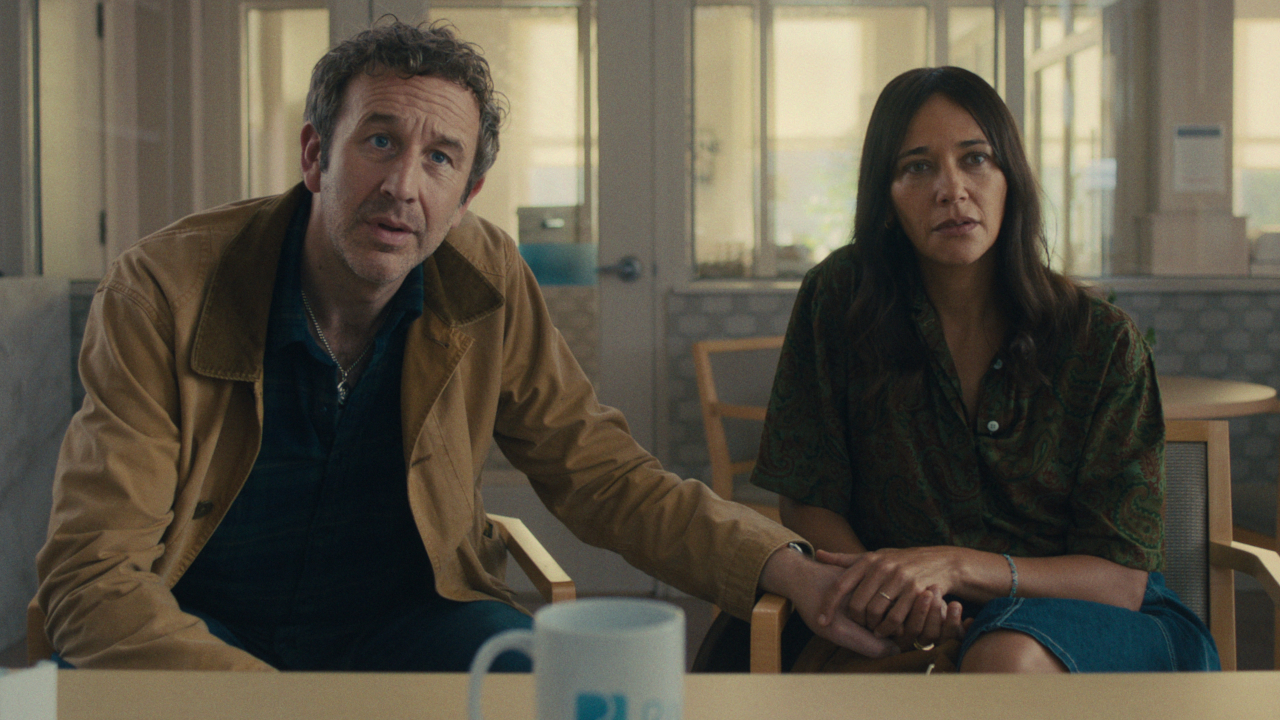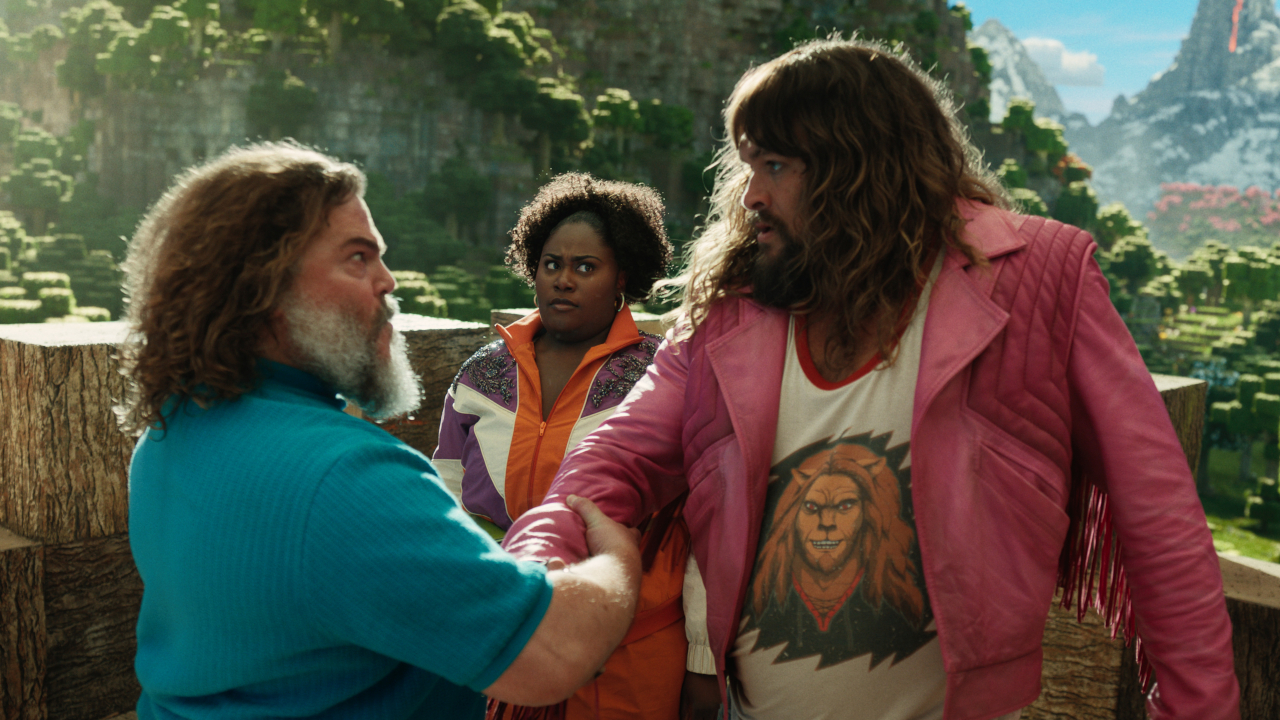Every Time Batman Broke His No-Killing Rule In The Movies
Rules were meant to be broken?
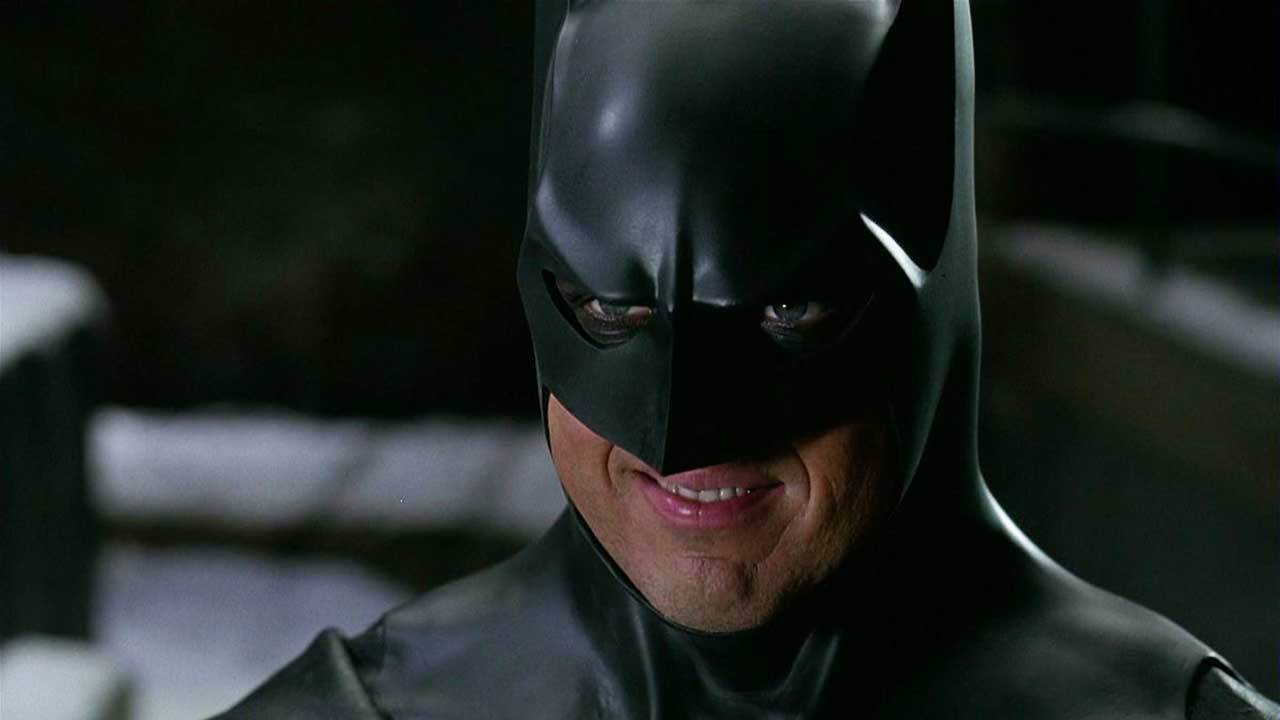
Of all the characteristics that make Batman a great and honorable hero, I believe the most essential is his one rule of never killing his enemies… in the comics, that is. This very defining and important philosophy, which was inspired by the trauma Bruce Wayne faced after witnessing the senseless murder of his own parents, is often disregarded in the Batman movies -- the live-action ones, in particular -- leading to some very polarizing receptions from DC movies fans.
While it was difficult to come up with an accurate total body count, I took the liberty of highlighting some of the major moments from the Batman movies in order which saw the Dark Knight intentionally break his no-kill rule. We shall start with this groundbreaking 1989 blockbuster.
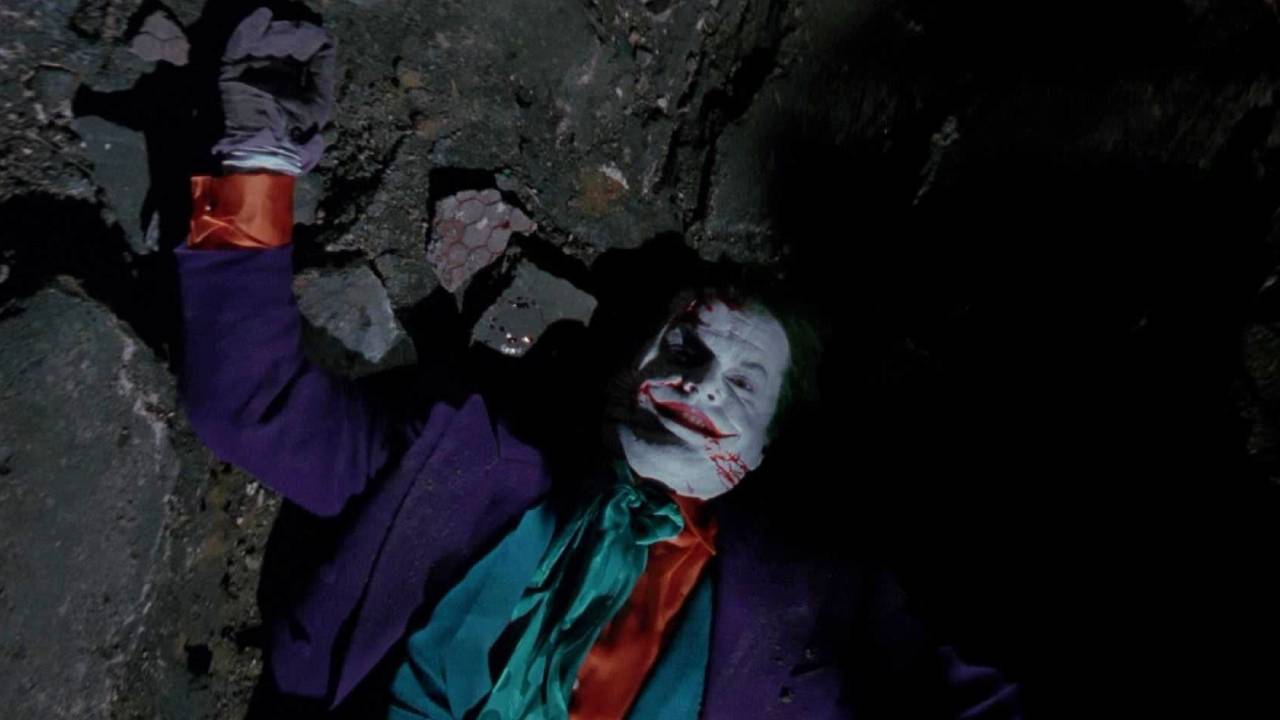
Batman (1989)
Save Michael Keaton’s psychological understanding of the character, director Tim Burton’s critically acclaimed, monstrously successfully superhero movies debut is not necessarily lauded as a faithful interpretation of the Dark Knight by comic book purists -- such as Kevin Smith, for instance. A main point of contention is how often Keaton takes a life in Batman.
The 1989 classic sees him set off a factory explosion that takes out several Joker goons, gun down even more henchmen during a Gotham parade from the Batwing, and, finally, cause the Clown Prince of Crime (Jack Nicholson) to plummet to his death from the top of a cathedral by tying a stone gargoyle statue to his ankle. Oddly enough, when Bruce Wayne’s alter ego first appears in the movie, he makes his disinterest in killing pretty clear.
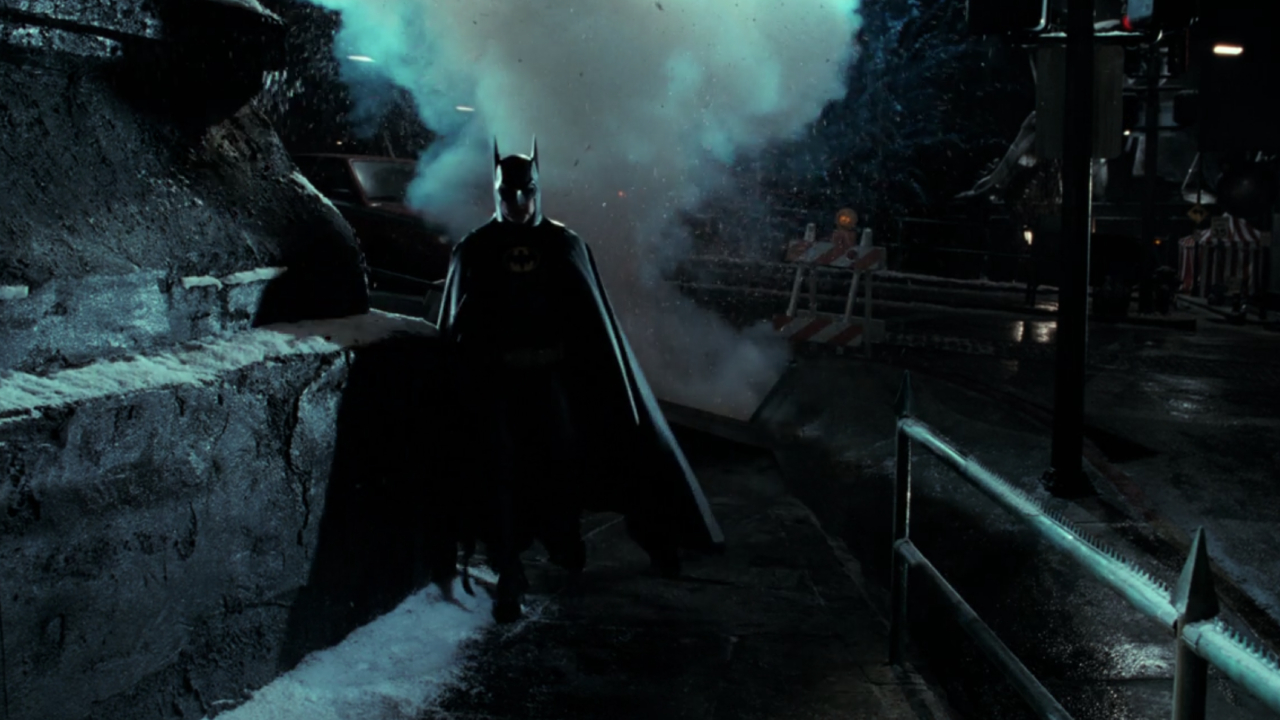
Batman Returns (1992)
The body count in Batman Returns is not as high as in ’89. However, the Caped Crusader comes up with even more inventive methods of committing homicide for the sake of justice during one horrific Christmas season in Gotham City, such as using the Batmobile’s back burner to set one of The Penguin’s goons ablaze.
My personal favorite is when he straps a bomb to a brutish henchperson before smiling and walking away without looking back at the explosion. Some might argue he causes Oswald Cobblepot’s (Danny DeVito) eventual, grotesque demise -- which had much to do with the film's controversial reception -- but not directly, and I would have counted Batman knocking Michelle Pfieffer's iconic depiction of Catwoman off a building, if she was on her ninth life at the time.
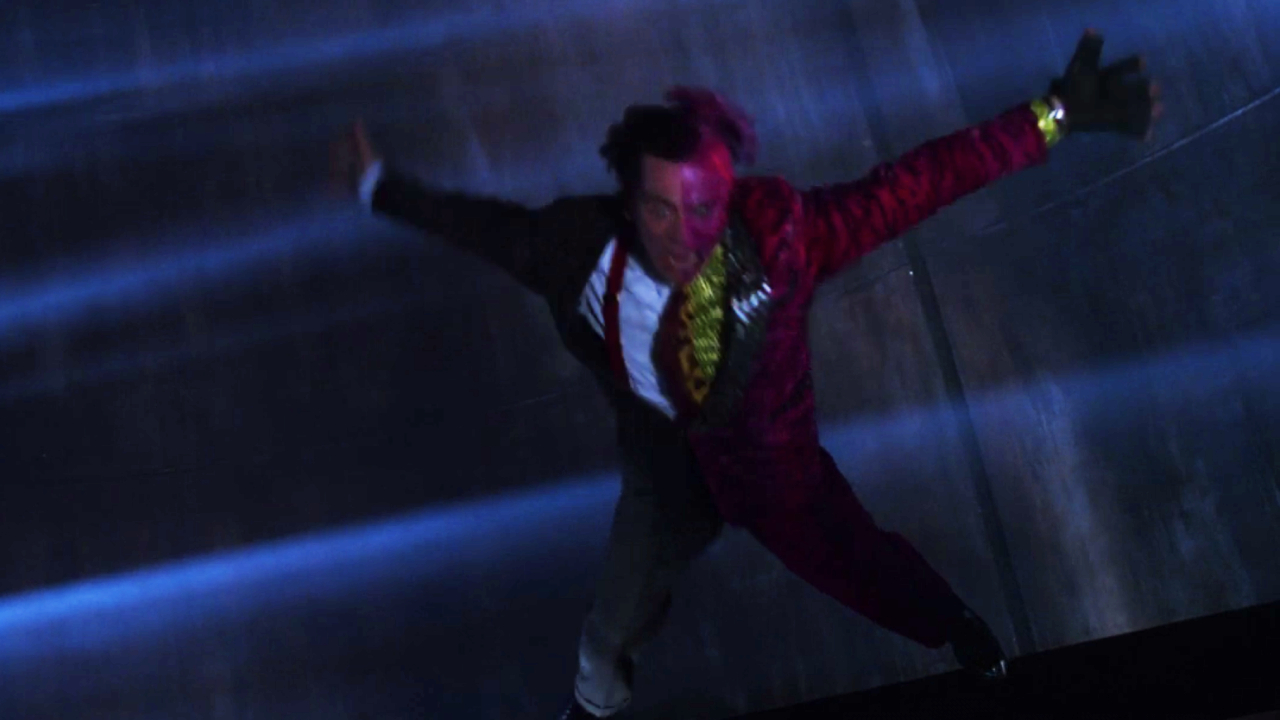
Batman Forever (1995)
When Val Kilmer took over the sought after title role for Batman Forever, not only did his take on the character continue to break his own rule. He also stole many off Keaton’s moves when doing so.
CINEMABLEND NEWSLETTER
Your Daily Blend of Entertainment News
First, he uses the Batmobile’s back burner to burn a bunch of Two-Face’s goons to a crisp, and then, by the end of the late Joel Schumacher’s cartoonish sequel, he disorients Harvey Dent (Tommy Lee Jones) by throwing a bunch of replicas of his prized coin in the air, causing him to plummet to his death. This would not be last time we saw Gotham’s disgraced former district attorney suffer a similar demise on the big screen either.
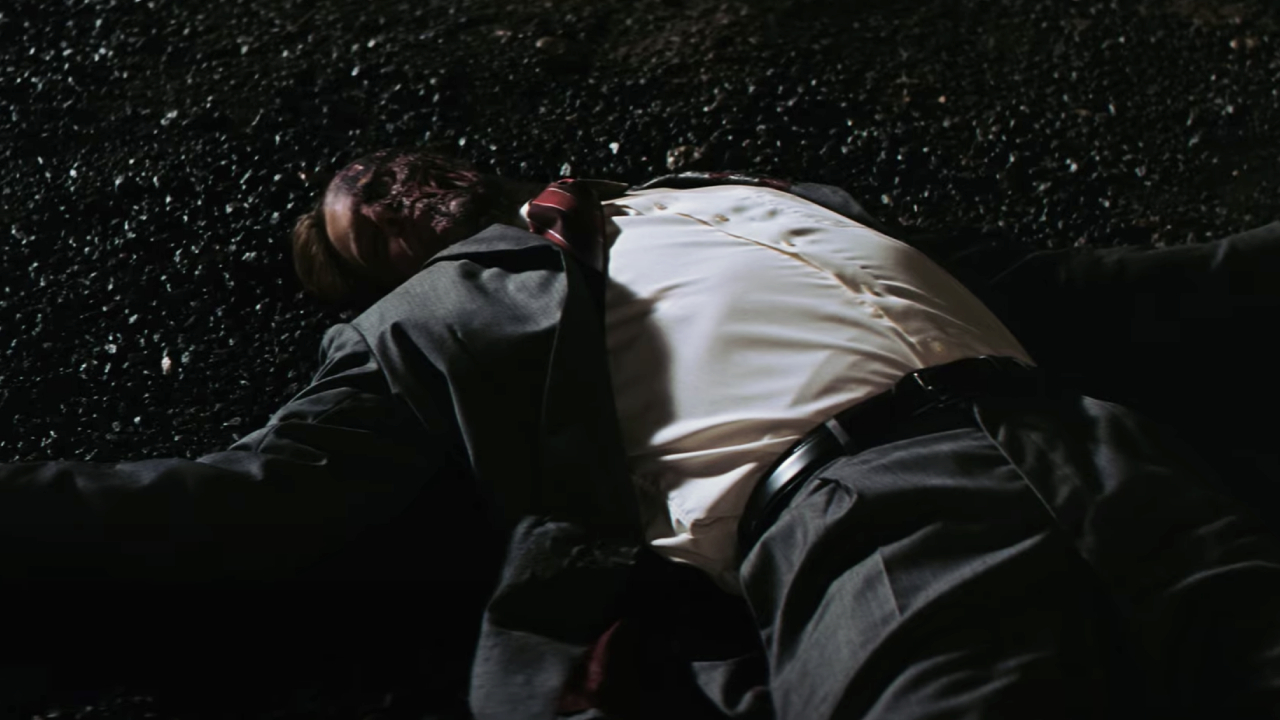
The Dark Knight (2008)
I also counted two deaths, courtesy of Christian Bale’s Batman, in the second chapter of Christopher Nolan’s Dark Knight trilogy. Both of them also happen to involve Two-Face.
The first occurs during one of The Dark Knight’s coolest sequences in which Bats tries to rescue a still uncorrupted Harvey Dent (Aaron Eckhart) from Joker’s (Heath Ledger) capture and, in the process, kills his truck driver with a head-on collision. The second is when he stops Two-Face from murdering Jim Gordon’s (Gary Oldman) son in front of him by causing him to plummet to his death, which seems to have been his last possible option.
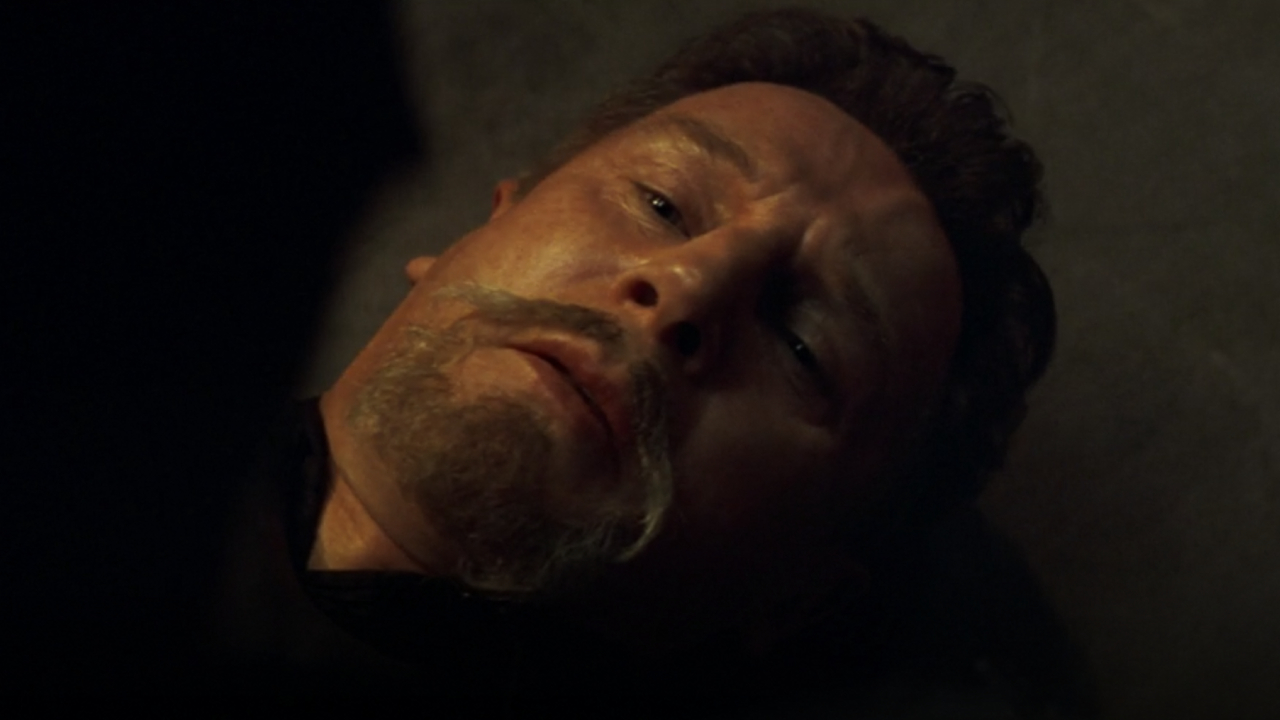
Batman Begins (2005)
However, the Dark Knight had more than one option when deciding the fate of Ra’s Al Ghul (Liam Neeson) at the end of Christopher Nolan’s first Batman movie. In fact, earlier in Batman Begins, he tells the League of Shadows that he “will not be an executioner” when he makes his official transition into vigilantism.
Technically, he sticks to that promise by not killing, but also not saving, his former mentor from succumbing to a runaway train heading straight for a crash. Yet, it also leaves Batman stuck in a bit of a moral gray area that is still up for debate to this day.
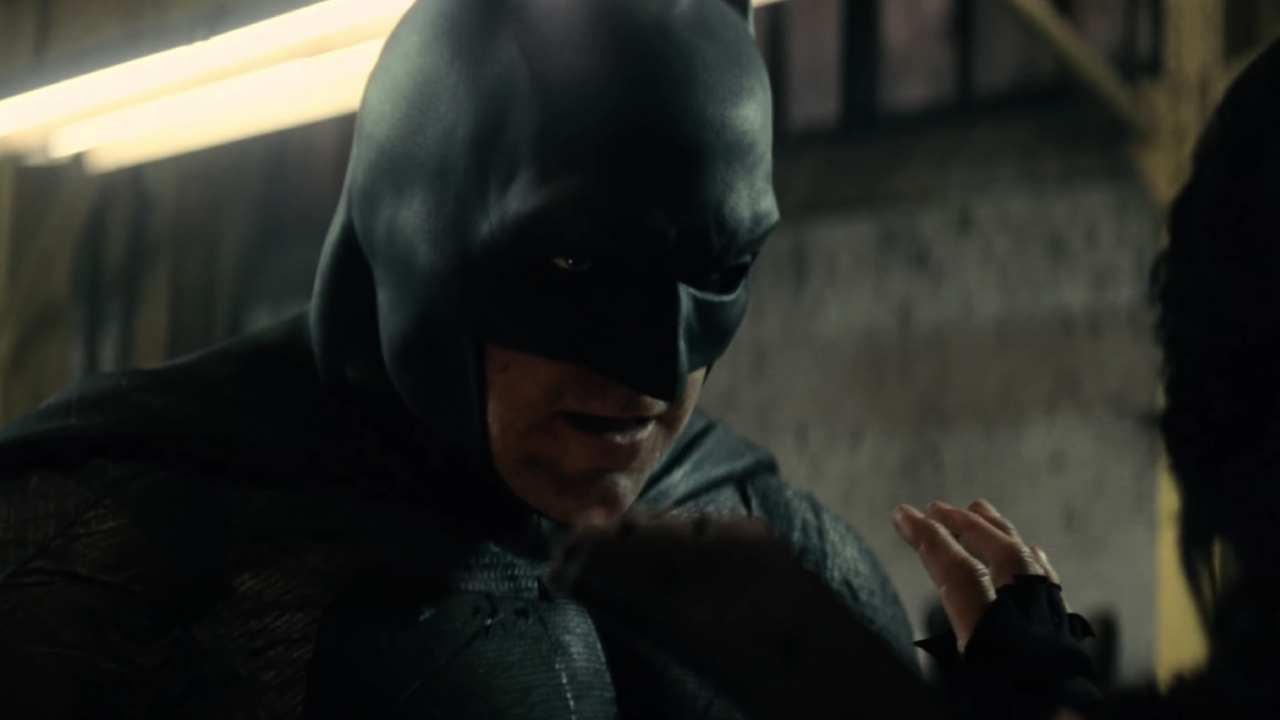
Batman V Superman: Dawn Of Justice (2016)
Director Zack Snyder also found himself odds with fans over the moral code of his take on the Dark Knight. As played by Ben Affleck in three (technically four) installments of the shared universe of DECU movies, this Batman certainly takes no prisoners.
Most notably, in Batman v Superman: Dawn of Justice, he uses his gun turret-bearing Batmobile and homemade explosives to take on Lex Luthor’s henchmen while stealing a biological weapon and rescuing Martha Kent (Diane Lane) as a favor to her son, Superman (Henry Cavill). Some viewers like to count all the criminals who died in prison as a result of Batman’s branding, but that’s not a direct kill… even if it is pretty damn harsh.

Zack Snyder's Justice League (2021)
No humans actually suffer death at Batman's hand in Zack Snyder’s Justice League. Thus, I was hesitant to include what is, otherwise, one of one of Affleck’s most badass Batman moments, in my opinion.
In the four-hour presentation -- which is available to stream with a Max subscription -- he crushes a whole fleet of Parademons with a water tower he knocks down himself in a perfectly timed move. Of course, the other “god dammed insects” he exterminates are done so with a gun, which is another rule hastily thrown out the window for this take on the character.
I, for one, do prefer cinematic interpretations of Batman who successfully abstain from any homicidal tendencies and was very happy to see Robert Pattinson break this killing streak in The Batman. However, comic book characters pushed to their breaking point and forced to do the unthinkable for the sake of a greater good is a concept I never tire of seeing in any medium. So, with that in mind, will we see the newly founded DCU's iteration of the character attempt a more permanent solution to defeating his enemies in any upcoming Batman movies? We shall see.

Jason Wiese writes feature stories for CinemaBlend. His occupation results from years dreaming of a filmmaking career, settling on a "professional film fan" career, studying journalism at Lindenwood University in St. Charles, MO (where he served as Culture Editor for its student-run print and online publications), and a brief stint of reviewing movies for fun. He would later continue that side-hustle of film criticism on TikTok (@wiesewisdom), where he posts videos on a semi-weekly basis. Look for his name in almost any article about Batman.
